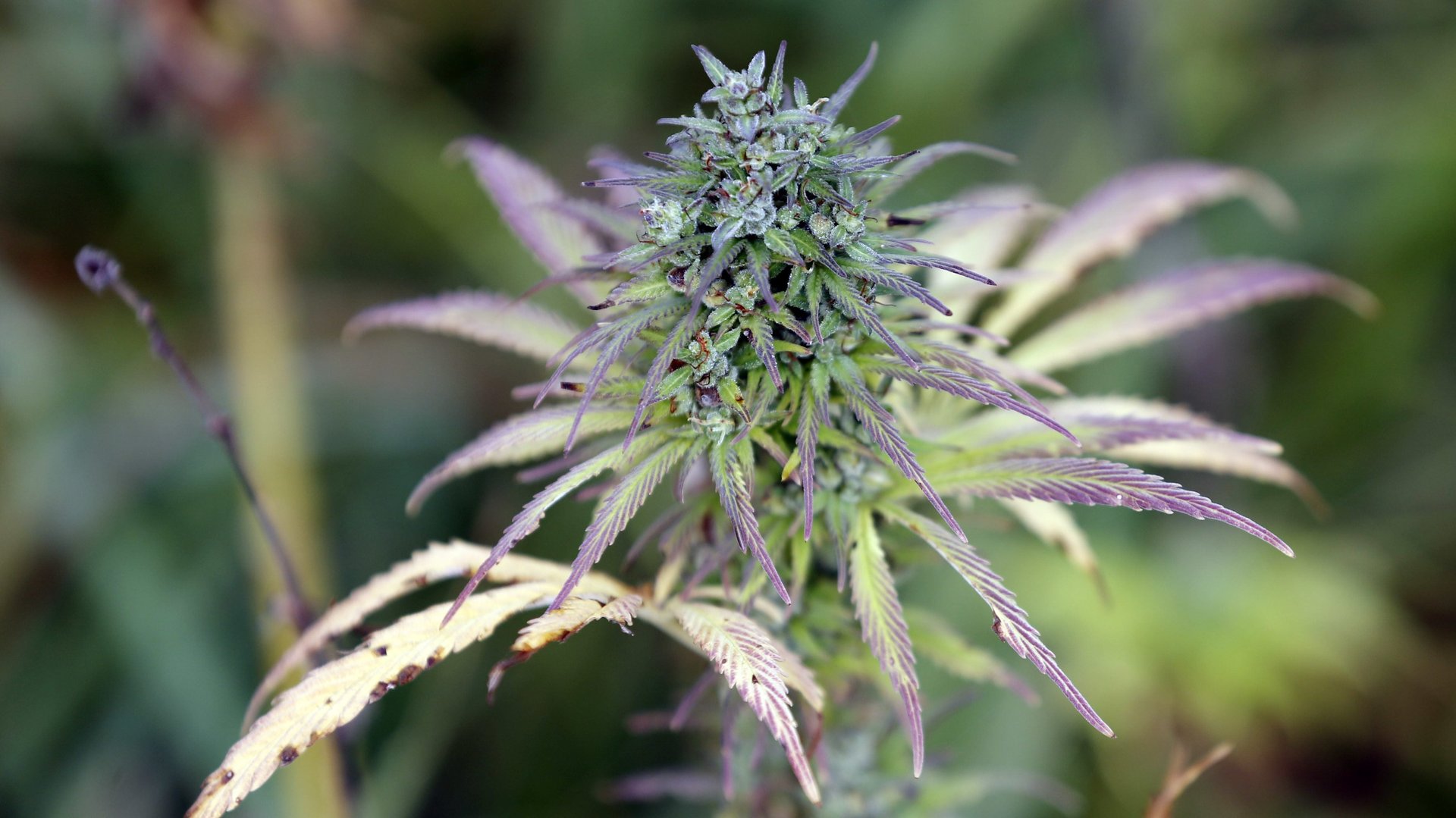As demand for CBD explodes, US farmers are seeing dollar signs
You may have noticed that CBD—the non-intoxicating cannabis-derived chemical compound—can now be found in drugstores, cafés, pet stores, bars, spas, and all over the internet. Farmers have also noticed, and are planting hemp to supply the rapidly expanding industry.


You may have noticed that CBD—the non-intoxicating cannabis-derived chemical compound—can now be found in drugstores, cafés, pet stores, bars, spas, and all over the internet. Farmers have also noticed, and are planting hemp to supply the rapidly expanding industry.
According to new data from the US Department of Agriculture (USDA), US farmers more than quadrupled the land planted with hemp in the past year, from 27,424 acres in August 2018 to 128,320 acres today.
In addition to the booming demand for CBD, hemp farmers were likely encouraged by the 2018 Farm Bill, which removed industrial hemp—defined as hemp plants with less than 0.3% THC by dry weight—and its extracts from Schedule I of the Controlled Substances Act, where it might have been interpreted as marijuana, which the US Drug Enforcement Administration states has “no currently accepted medical use and a high potential for abuse” (despite evidence to the contrary).
While hemp is far from the only crop appearing on more acres this year, it’s clearly smoking the competition.
“There are a lot of things you can do on a farm, but there aren’t a lot of things you can do to make money,” Will Brownlow, a Kentucky farmer who had recently started growing hemp, told Quartz in 2018. He said an acre of soybeans could only get him about $500, but an acre of hemp—dense with flowers rich in CBD—could yield as much as $30,000. What’s more, he said, it was relatively easy to cultivate.
“The plant is a weed,” Brownlow said. “And it likes to grow.”